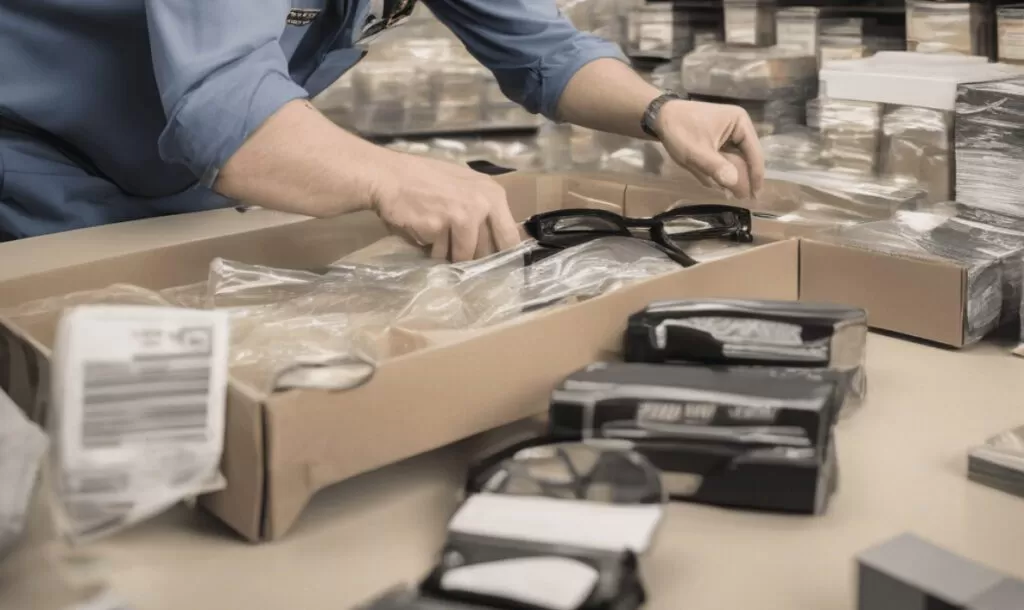In today’s digital marketplace, counterfeit products pose a significant challenge, affecting both brand reputation and consumer trust. In response, Amazon’s Transparency Program, launched as an initiative to combat counterfeit goods, has become increasingly relevant in 2024. This program is essential for sellers and consumers alike, offering a system of checks and balances to ensure product authenticity. This guide delves deep into the Amazon Transparency Program, outlining its features, benefits, and how it’s reshaping the online retail landscape.
What is the Amazon Transparency Program?
The Amazon Transparency Program is a product serialization service designed to prevent counterfeit items from being sold on Amazon’s platform. It involves a unique, trackable code for each product unit, which Amazon uses to verify the authenticity of the product before it’s shipped to the customer. This initiative not only helps in combating counterfeit products but also builds consumer confidence in the products they purchase on Amazon.
How Does the Amazon Transparency Program Work?
Unique Codes for Products: Participating brands are required to label each unit of their products with a unique Transparency code.
Verification by Amazon: When products are ordered, Amazon scans these codes to ensure that only authentic products are shipped to customers.
Consumer Verification: Consumers can also use the Amazon app to scan the Transparency code, allowing them to verify the authenticity of their purchase.
Joining the Amazon Transparency Program
Eligibility Criteria
Any brand with a registered trademark can participate in the program.
Brands must be able to apply unique codes on every unit of their products.
Enrollment Process
Brands must apply through Amazon Seller Central or Vendor Central.
Amazon will then guide them through the process of generating and applying codes.
Benefits of the Amazon Transparency Program
For Sellers
Protection Against Counterfeits: It helps in protecting the brand’s reputation and integrity by ensuring only genuine products are sold.
Consumer Trust: Builds trust with customers, as they are assured of receiving authentic products.
Enhanced Brand Loyalty: Authenticity assurance can lead to increased customer loyalty and repeat purchases.
For Consumers
Confidence in Product Authenticity: Provides peace of mind regarding the genuineness of the product purchased.
Access to Product Information: Consumers can access detailed product information by scanning the Transparency code.
Contribution to Combating Counterfeits: Helps consumers be a part of the solution against counterfeit goods.

Implementing the Transparency Program in Your Business
1. Code Generation and Application
Develop a system for generating and applying unique codes to each product unit, which may involve changes to packaging processes.
2. Educating Your Team
Ensure that your team understands the program and its importance, both for compliance and enhancing customer trust.
3. Communication with Customers
Inform your customers about the program and how they can verify product authenticity, enhancing their buying experience.
The Cost of Participation
The program costs are based on the number of codes generated.
Brands should weigh the cost against the potential loss due to counterfeit products and the value of increased consumer trust.
Challenges and Considerations
Operational Adjustments: Implementing the Transparency program may require changes in manufacturing and packaging processes.
Cost-Benefit Analysis: Consider the costs of the program against its potential benefits in terms of combating counterfeiting and building brand trust.
Consumer Education: Brands need to educate consumers on the importance and usage of Transparency codes.
Case Studies: Success Stories
Several brands have successfully integrated the Amazon Transparency Program into their operations, resulting in decreased counterfeit sales, improved customer confidence, and increased brand loyalty. These case studies showcase the program’s effectiveness and its impact on both brands and consumers.
The Future of Amazon Transparency Program
Looking ahead, the Transparency Program is likely to become a standard practice for more brands, with potential enhancements in technology and integration. This could include advanced serialization technologies and greater consumer engagement tools.
FAQs
Q: Is the Amazon Transparency Program mandatory for all sellers?
A: No, it’s currently voluntary but highly recommended for brands concerned about counterfeits.
Q: Can small businesses afford to participate in the program?
A: While there are costs involved, the investment can be justified by the protection it offers against counterfeiting and the potential for increased consumer trust.
Q: How do customers know if a product is part of the Transparency Program?
A: Products in the program will have a Transparency code on their packaging, which customers can scan using the Amazon app.
Q: What happens if counterfeit products are found?
A: Amazon investigates any instance where a counterfeit product is identified through the Transparency Program and takes appropriate action, including removal of the counterfeit listings.
In conclusion, the Amazon Transparency Program in 2024 stands as a crucial initiative for brands and consumers in the fight against counterfeit products. By participating in this program, sellers can protect their brand integrity, enhance customer trust, and contribute to a more authentic and reliable marketplace. For consumers, it offers an added layer of assurance, reinforcing confidence in their online purchases. As e-commerce continues to evolve, embracing such programs becomes imperative for maintaining a trustworthy and secure online shopping environment.



